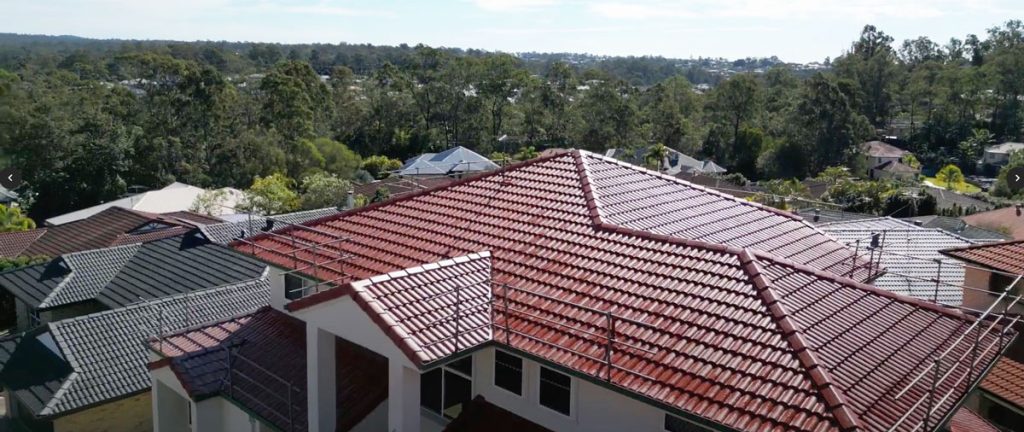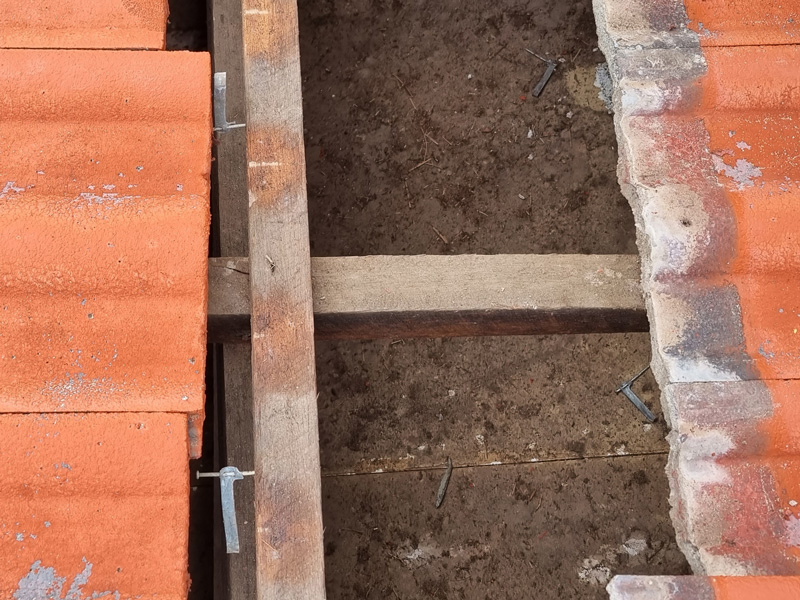Comprehensive Guide to Roof Sealers, Old Tile Sealers, and Roof Primer Coatings
Proper maintenance and restoration of a roof require the right type of coating. Roof sealer, old tile sealer, and roof primer coatings each have unique properties and specific uses. This guide will explain the differences, appropriate applications, and benefits of each to help you make informed decisions for your roofing needs.
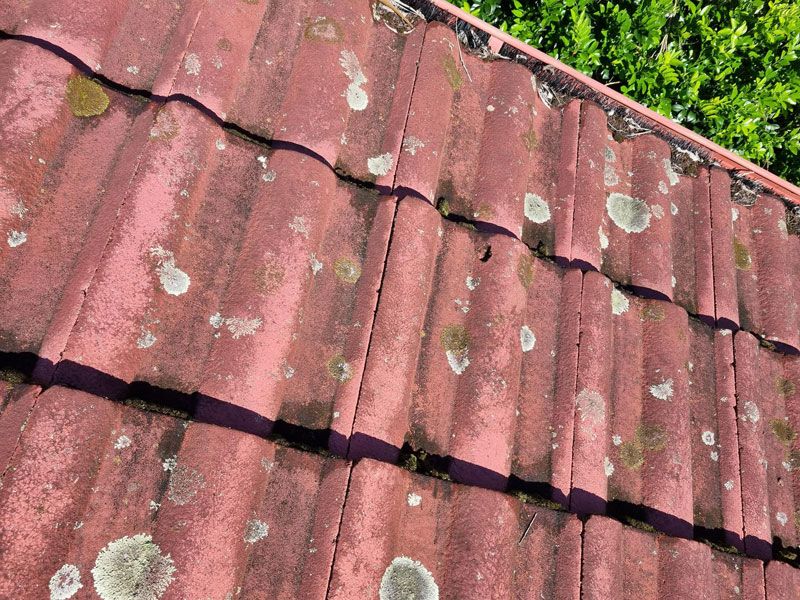
Key Factors for Selecting the Right Coating
When choosing between a roof sealer, old tile sealer, and roof primer, consider the following factors:
- Tile Surface Condition: Is the surface smooth or rough?
- Previous Coating: Is there an existing coating in good condition?
- Factory Coat: Is the original factory coat still evident?
- Tile Age and Brand: How old are the tiles and who manufactured them?
1. Roof Primer Coatings
Roof primer description:
Roof primer is a thin, low-viscosity coating that appears white and dries clear. It is designed to prepare the roof surface for subsequent coatings.
Roof primer usage:
Primers should be applied after thoroughly cleaning the roof, particularly if the tiles are relatively clean and in good condition. They are ideal for surfaces that still have their original glaze or are smooth.
Roof primer benefits:
The primer coats the tiles, creating a surface that ensures optimum adherence for the top coats of membrane. It acts as an anchor layer, improving the durability and longevity of the final coatings.
2. Roof Sealers
Roof sealer description:
Roof sealers have a higher viscosity than primers. They also appear white but dry clear, allowing them to settle into cracks and bumps on the tile surface.
Roof sealer usage:
Sealers are suitable for surfaces that are slightly rough or have minor damage, such as exposed concrete after cleaning. They are effective in filling cracks and smoothing out the surface.
Roof sealer benefits:
By sealing the porous surface and smoothing it out, sealers enhance the final appearance of the tiles. They help produce a uniform surface that reflects light evenly, preventing the patched or uneven look that can occur if the surface is left untreated.
3. Old Tile Sealers
Old tile sealer description:
Old tile sealers are high-viscosity coatings that are colored light grey. They are specifically formulated for very old, pitted tiles.
Old tile sealer usage:
These sealers are best suited for old concrete tiles that have lost their original coating and are deeply pitted and rough. The high viscosity of the old tile sealer allows it to form a self-leveling surface over the porous and pitted tiles.
Old tile sealer benefits:
Old tile sealers provide a uniform base color and level the surface, which is essential for achieving an even final appearance. Without this type of sealer, the surface would look uneven and patchy, reflecting light inconsistently.
Comparison chart: Roof Sealers VS. Old Tile Sealers VS. Roof Primer Coatings
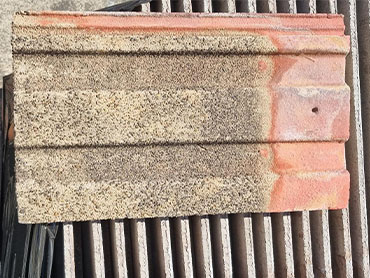
Tile surface requiring Old Tile Sealer
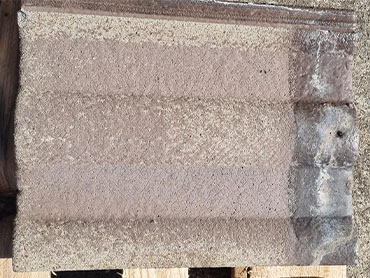
Cleaned tile requiring Sealer
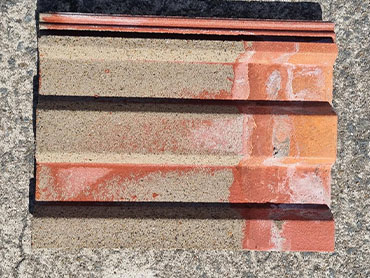
Cleaned Tile requiring Old Tile Sealer
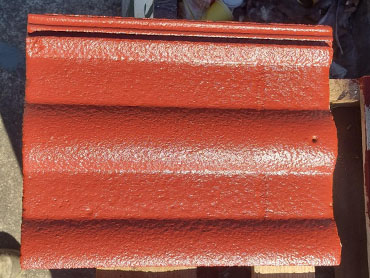
Final result with two coats
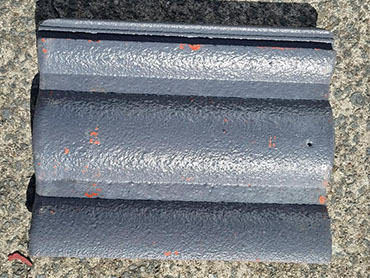
Cleaned tile requiring Primer
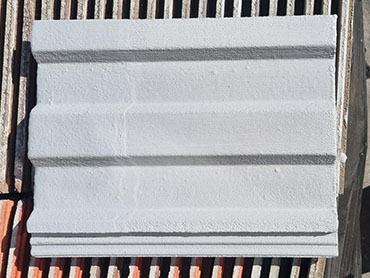
Cleaned tile after Old Tile Sealer
Selecting the Right Sealer or Primer
The choice between sealer and primer should be based on a professional assessment of the roof tiles:
- Professional Evaluation: A professional roofer with experience in roof restoration can evaluate the brand and condition of the tiles and predict the result after cleaning.
- DIY Assessment: If unsure, you can clean the roof surface first and then decide on the appropriate coating based on the condition of the tiles.
Conclusion
Understanding the differences between roof sealer, old tile sealer, and roof primer coatings is crucial for effective roof maintenance and restoration. Each product has specific properties and uses, making it essential to choose the right one for your particular roof condition. By considering factors such as tile surface condition, previous coatings, and the age and brand of the tiles, you can ensure that your roof remains protected and looks its best.

